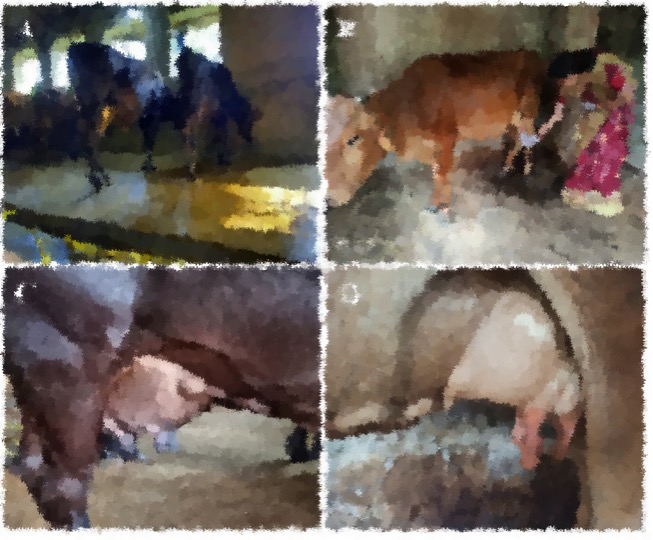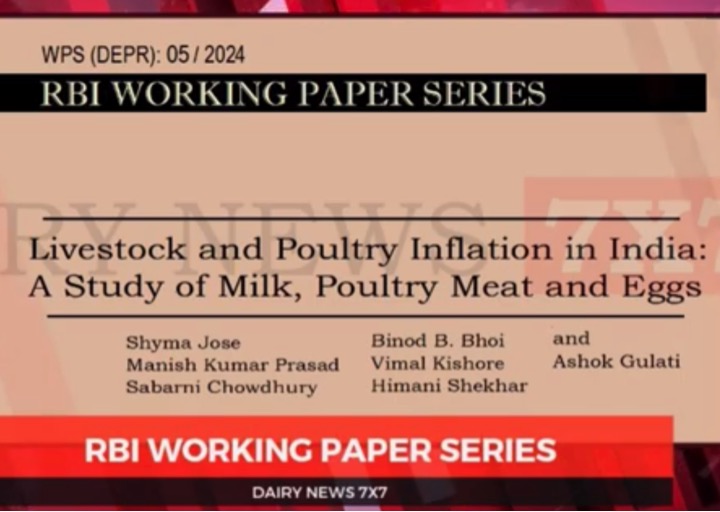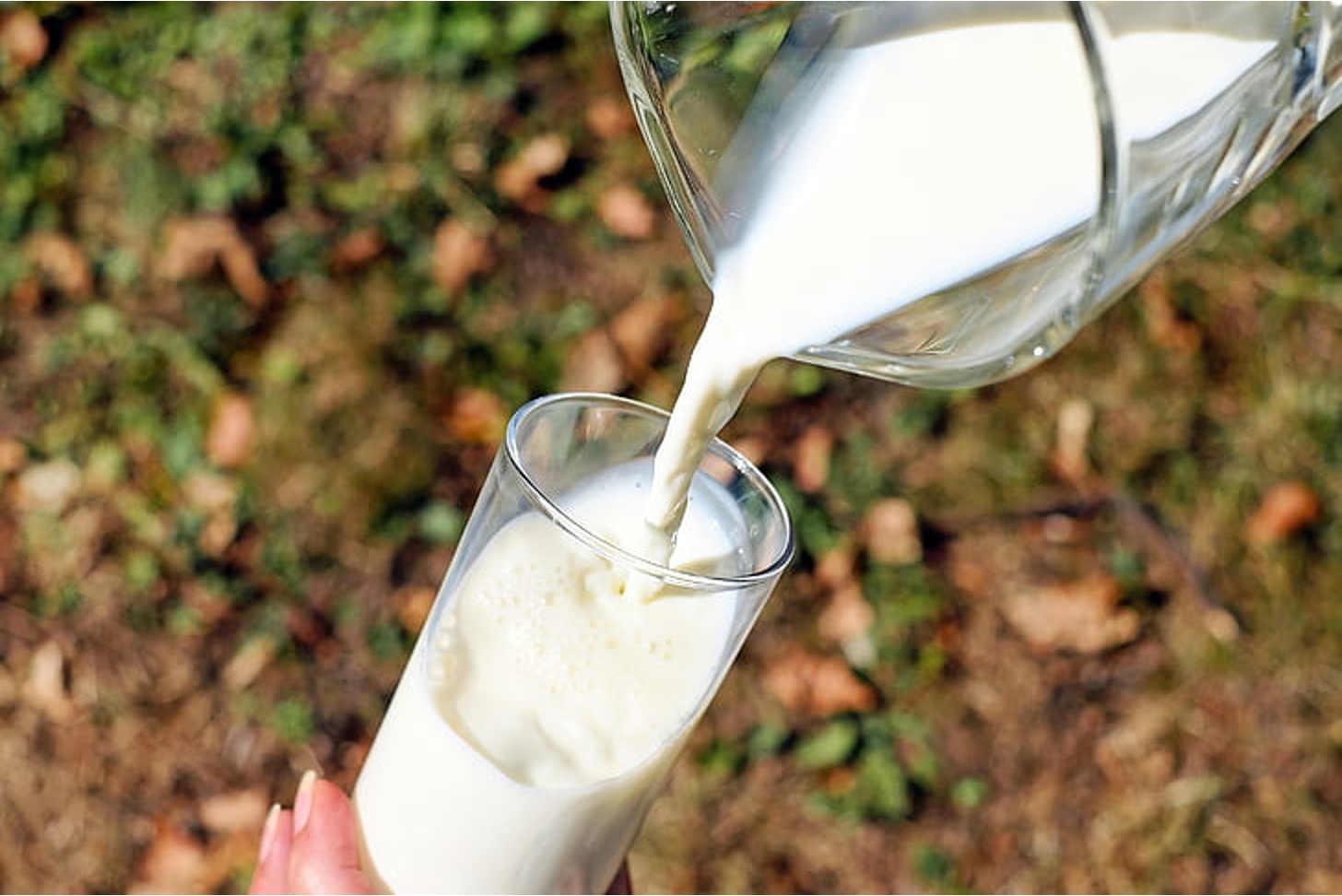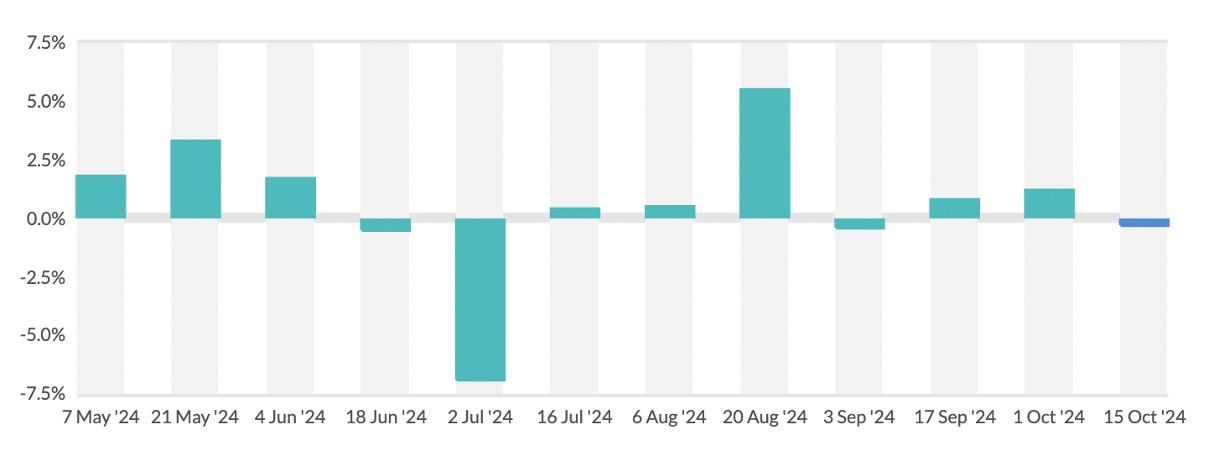World’s most expensive livestock diseases
What is the world’s most expensive dairy disease? And what countries are hit hardest by these costs?
Dr. Philip Rasmussen, researcher from the University of Copenhagen, Denmark, recently explored these questions in a study soon-to-be published in the Journal of Dairy Science. Rasmussen’s team for the project also consisted of researchers from Canada, Switzerland, and the United Kingdom.
The 12 diseases were pre-determined by the researchers. The factors used to estimate financial loss from each disease were milk production, fertility, and culling. The financial estimations did not include treatment costs.
Loss due to reduced milk production was valued using a standard price of milk. Fertility losses were based on increased calving interval, which was measured using the number of days calving was delayed, daily milk production, and the price of milk. Culling costs were estimated using the increased risk of premature culling, based on the price of replacement cows and heifers, minus the sale price of cull cows.
Total cost of diseases
An important consideration in the financial estimates was the fact that, in many cases, cows may suffer from more than one disease at the same time. To avoid double-counting the total cost of disease due to these “comorbidities,” the researchers adjusted the data using the statistical associations between diseases. Without this measure, they estimated the mean aggregate global losses would have been overestimated by 45%.
The global ranking of the 12 diseases, in terms of annual loss in U.S. dollars, netted out as follows:
- Subclinical ketosis — $18 billion
- Clinical mastitis – $13 billion
- Subclinical mastitis – $9 billion
- Lameness – $6 billion
- Metritis – $5 billion
- Ovarian cysts – $4 billion
- Paratuberculosis/Johne’s disease – $4 billion
- Retained placenta — $3 billion
- Displaced abomasum – $0.6 billion
- Dystocia – $0.6 billion
- Milk fever/hypocalcemia – $0.6 billion
- Clinical ketosis – $0.2 billion
In total, the economic losses due to dairy disease totaled about $65 billion per year.
There were wide-ranging differences between disease effects in various regions of the world. For example, subclinical ketosis accounted for about 35% of the losses in Oceana (including Australia and New Zealand), but only 24% of the losses in Europe. Conversely, 25% of Europe’s losses were due to clinical mastitis, which contributed only 10% to Oceana’s losses.
Across the 183 countries modeled, the average comorbidity-adjusted total annual loss was about $351 per cow. By country, this amount ranged from just $72/cow in Nigeria, to as high as $1,900/cow in South Korea.
Measured against human population, the countries most affected by dairy disease were New Zealand ($220/person/year), Ireland ($140/person/year), and Denmark ($70/person/year).
Global ranking in losses
The countries with the greatest annual losses overall were India ($12 billion), the United States ($8 billion), and China ($5 billion). These rankings correlate with global milk production ranking by country.
The authors noted that addressing dairy diseases and improving animal health would help improve the global efficiency of dairy production while lessening its environmental toll. They noted the importance of milk and dairy products as nutrient-rich foods that will play a key role in global nutrition and food security, with total global food demand expected to increase by up to 56% between 2010 and 2050.


























